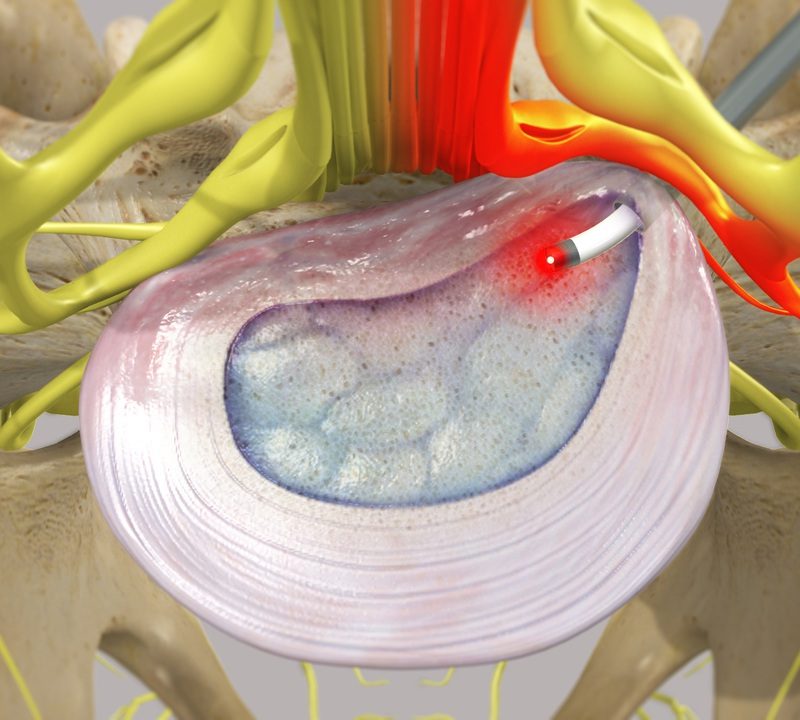I lived with neck pain for nearly 10 years… I thought it was something I’d just have to accept.
This is the story of a man who lived a simple life, but carried pain with him day.
Today, he can finally turn his head freely, without pain.
Patient Case: Khun Peter | Age: 62| Occupation: Business owner
The Problem
Khun Peter suffered from chronic neck pain for almost a decade, triedvarious treatments, painkillers, physical therapy, and posture aids with no long-term relief.
Symptoms before treatment
1. Severe pain with head movement
– He experienced intense pain whenever he moved his head, especially when tilting or looking up. The stiffness was most noticeable in the mornings after waking up.
2. Disrupted sleep
– The pain affected his sleep quality. He frequently changed pillows and even tried special neck pillows, but still struggled to sleep through the night due to the discomfort.
3. Radiating pain
– The pain extended from the base of his neck to both shoulders.
4. Significantly reduced quality of life
– Hier chronic pain made it difficult to perform household tasks, travel long distances, or drive for extended periods. Hehe also began avoiding exercise out of fear that it would worsen his condition.
Diagnosis by Our Medical Team
To pinpoint the root cause, the team conducted a detailed assessment :
1. Comprehensive medical history
– Frequency, duration, triggers, and related symptoms.
2. Physical examination by a pain specialist
-Assessed neck mobility in all directions.
-Identified tender points through palpation.
-Tested sensory response and muscle strength to detect any neurological abnormalities.
3. Cervical X-ray imaging
-The X-ray showed signs of facet joint degeneration at cervical levels C5–C7 (Facet Joint Arthropathy)
-An MRI was not necessary, as the patient had no signs of nerve compression (e.g., arm pain, numbness, or weakness)
4. Diagnostic nerve block (local anesthetic injection
A targeted injection was used to pinpoint the exact source of the pain, ensuring precise and effective treatment.
Treatment Plan: RFA (Radiofrequency Ablation)
After reviewing the results, the medical team selected RFA, a non-surgical treatment that targets the nerves responsible for transmitting pain.
Why RFA?
✔ Ideal for joint degeneration.
✔ Supported by clinical research.
✔ Directly reduces nerve pain without affecting surrounding structures.
Pre-Procedure Preparation
1. Provide full medical history, including any chronic conditions, current medications, and known drug allergies to ensure safety.
2. Stop certain medications if necessary, such as blood thinners or drugs that affect blood clotting, for at least 5–7 days before the procedure.
3. Fasting may be required (no food or drink) a few hours prior, but only if general anesthesia will be applied during the procedure.
RFA Procedure Steps
1. The patient’s neck area is cleaned and a local anesthetic is administered.
2. The doctor then inserts a special RFA needle to the target nerve, using real-time X-ray fluoroscopy to guide the needle with high precision.
3. Once the needle is in the correct position, radiofrequency waves are delivered through the needle tip.
→ These waves disrupt the nerve’s ability to transmit pain signals to the brain, without affecting surrounding structures.
*The procedure takes approximately 30–45 minutes, depending on the number and location of the affected cervical joints.
After the Procedure
1. The patient rests in the recovery room for about 1 hour for observation.
2. Same-day discharge is possible, patients can go home afterward.
3. Mild stiffness or soreness at the treatment site may occur in the first 1–2 days and can be relieved with cold compresses.
4. No downtime required, patients can usually return to their normal daily activities within just a few hours.
Treatment Results
– Significant reduction in neck pain.
– No longer needed a neck pillow for support.
-Improved sleep quality.
– Able to resume housework, driving, and light exercise.
– No more radiating pain down the arms or shoulder blades.
– The constant heavy, dull ache she her to feel every day gone.
Follow-Up by Medical Team
– Patients receive close follow-up care after the procedure.
– Our nursing team checks in regularly to monitor recovery.
– If any unusual symptoms or questions arise, patients can contact us immediately for guidance and self-care advice.
Case Summary
– Khun Peter’a story shows that chronic neck pain even after many years, can be effectively treated with the accurate diagnosis and preciesed treatment.
– With Radiofrequency Ablation (RFA), he was able to return to a full, active life, free from constant pain and without the need for ongoing pain medications.
If you or someone you care about is living with chronic neck pain that just won’t go away Radiofrequency Ablation (RFA) could be a life-changing solution: It’s a proven, effective treatment that can help relieve pain and restore your quality of life, so you don’t have to live with pain any longer.






